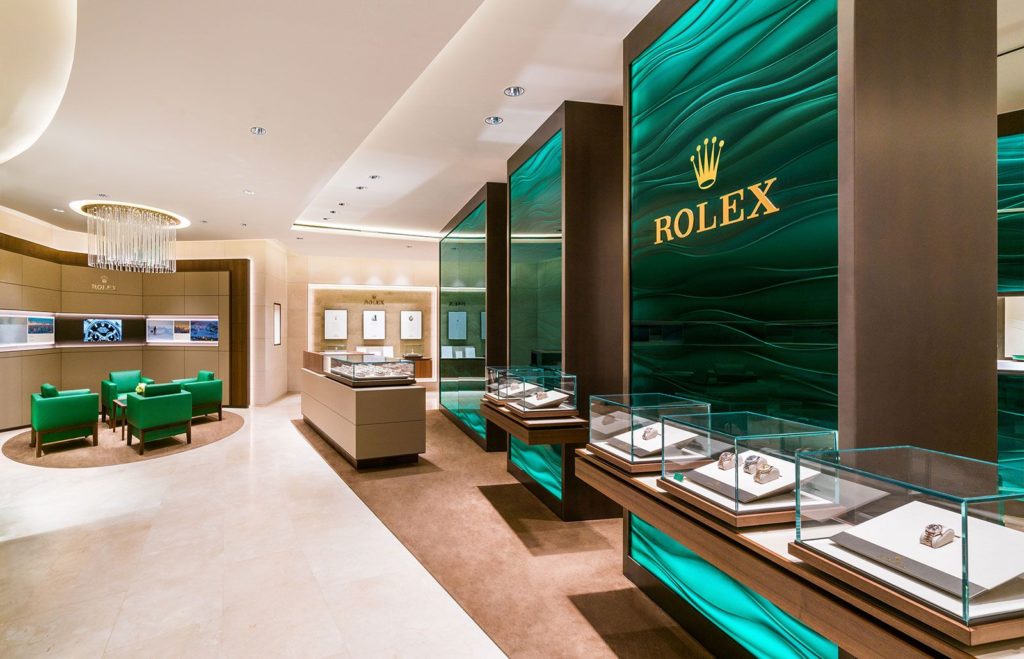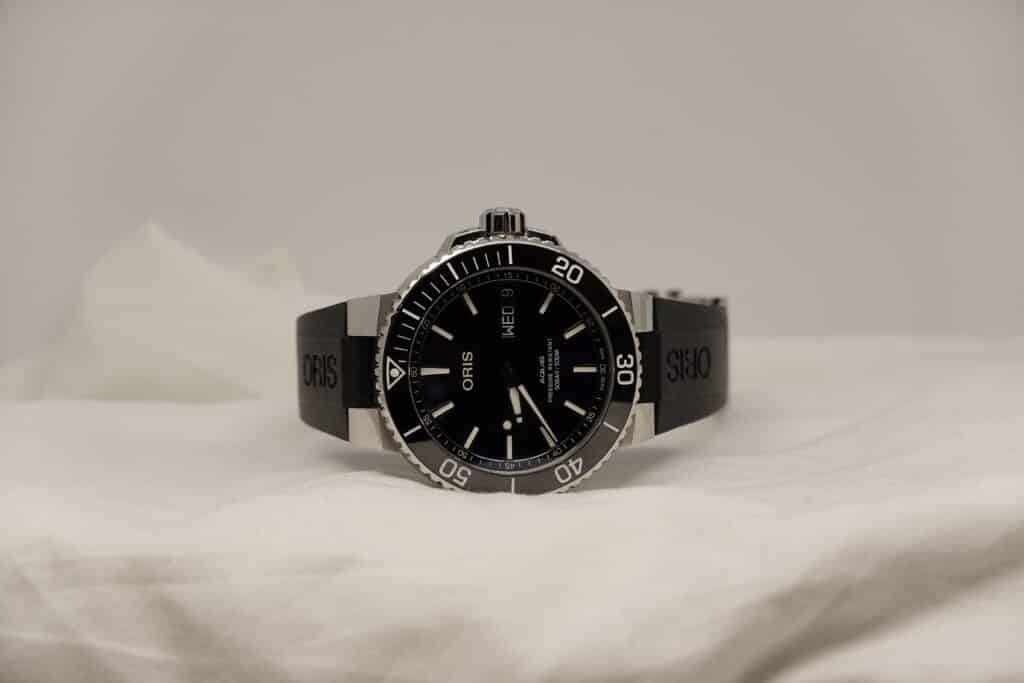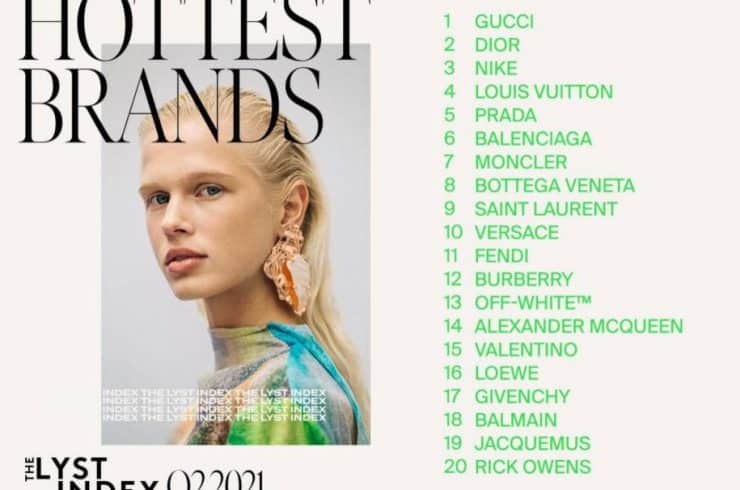Rolex: a pandemic proof brand

“King Rolex” – the title of the latest Morgan Stanley annual report, authored by the investment bank’s Edouard Aubin in collaboration with LuxeConsult, on the luxury-watch industry is clear. The brand with a crown as its logo is not only the leading brand in terms of turnover, but together with its sister brand Tudor, became the leader in the market for Swiss watches in 2020 – a proxy for the luxury-watch industry as a whole – based on export statistics provided by the Federation of Swiss Watch Industry (FH)*.
Rolex outperformed the broader industry – despite a decline in sales of about 15% last year, the brand remains the top brand in terms of revenue. With a market share equivalent to a quarter of the total, Rolex is the undisputed leader, ahead of its main competitor Omega, which has sales that are just one third as large. The wider Swiss watch industry suffered a decrease of 21% in value and 33% in volume in 2020.
First, the polarisation of the market has further increased. Despite a catastrophic start to 2020 – the first quarter was abysmal for sales with an 81% crash year-on-year in Swiss watch exports – a handful of strong brands managed to limit the damage caused by the pandemic.
Privately-held brands performed better than the market average. Most notably Audemars Piguet, which recorded a mere 9% decrease in sales, and according to chief executive François-Henry Bennahmias, still managed to have the best month in its history in October 2020.
Tudor was one of the few Swiss-made brands that grew sales in 2020. It is gaining market share from competitors in its price segment, including TAG Heuer, which recorded a 31% decrease in sales for the year.
The “premiumisation” continues apace. The paradox of higher prices increasing demand and sales is very much true in watchmaking, with the segment made up of watches with a retail price of over CHF7,000 (which translate as export value of CHF3,000) accounting for 70% of the Swiss-watch export value, but only 10% of the volume.
Entry-level watches continues to suffer from the onslaught of smartwatches. The proof is in the numbers: the Swiss watch industry have sold 13.7m watches in 2020, compared to 75m smartwatches, illustrating the divergent fates of the two. In 2016, the numbers were 25m against 22m respectively.
Just two brands in the 50 biggest managed to grow sales last year – Tudor and Dior. Tudor is reaping the benefits of a coherent strategy in product and branding, while Dior watch division is enjoying the brand’s momentum driven by streetwear and collaborations with artists like Daniel Arsham.
The success of Dior’s watches is similar to that of Hermès, which largely preserved its sales figures compared to 2019. Hermès was helped by a streamlined watch collection that is increasingly upscale, illustrated by its watches priced at over US$250,000, like the Arceau tourbillon-minute repeater.
Other brands that saw a modest fall in sales but still did better than the market average were Rolex, Audemars Piguet, Cartier, Richard Mille, and Breitling.
The king is Rolex. Despite relentless demand and secondary-market premiums ranging from 50-100% over retail prices, Rolex still reduced production by almost 20%, in part due to a government-mandated shutdown.
The brand’s success can be explained by a recipe that isn’t magic, but one that has been applied with rigorous consistency since the brand’s founding in 1908:
- A constant, uncompromising improvement of the product.
- Desiring perfection rather than speed – “Don’t be the first, but be the best”.
- Marketing and communication always focused on the excellence of its product – sponsorship of sporting events and sportsmen are key to the brand’s image, but have never been at center of its marketing. Instead, its brand ambassadors embody the brand’s values.
- Continuity – the product evolves, but not its identity, just like the Porsche 911. Rolex carefully evolves its classics without ever distorting them.
- Managing supply where scarcity creates desirability – Rolex is one of the few watch brands with the luxury of waiting lists measured in years.
Niche brands continue to do well. With products and communication that is often provocation, H. Moser & Cie. is a positive example of a small brand that’s doing well by offering something original. Moser has grown its share of a stagnant market by playing up its audacity in a manner that the big, publicly-traded watch groups cannot.
Even the brands with the tiniest production can do well. The final series of Philippe Dufour’s Simplicity has reputedly garnered thousands of requests for just 10 watches, which will likely retail for well over half a million francs – for essentially the same watch that sold for CHF34,000 when it debuted in 2000.
Credit article CCP Luxury



Responses